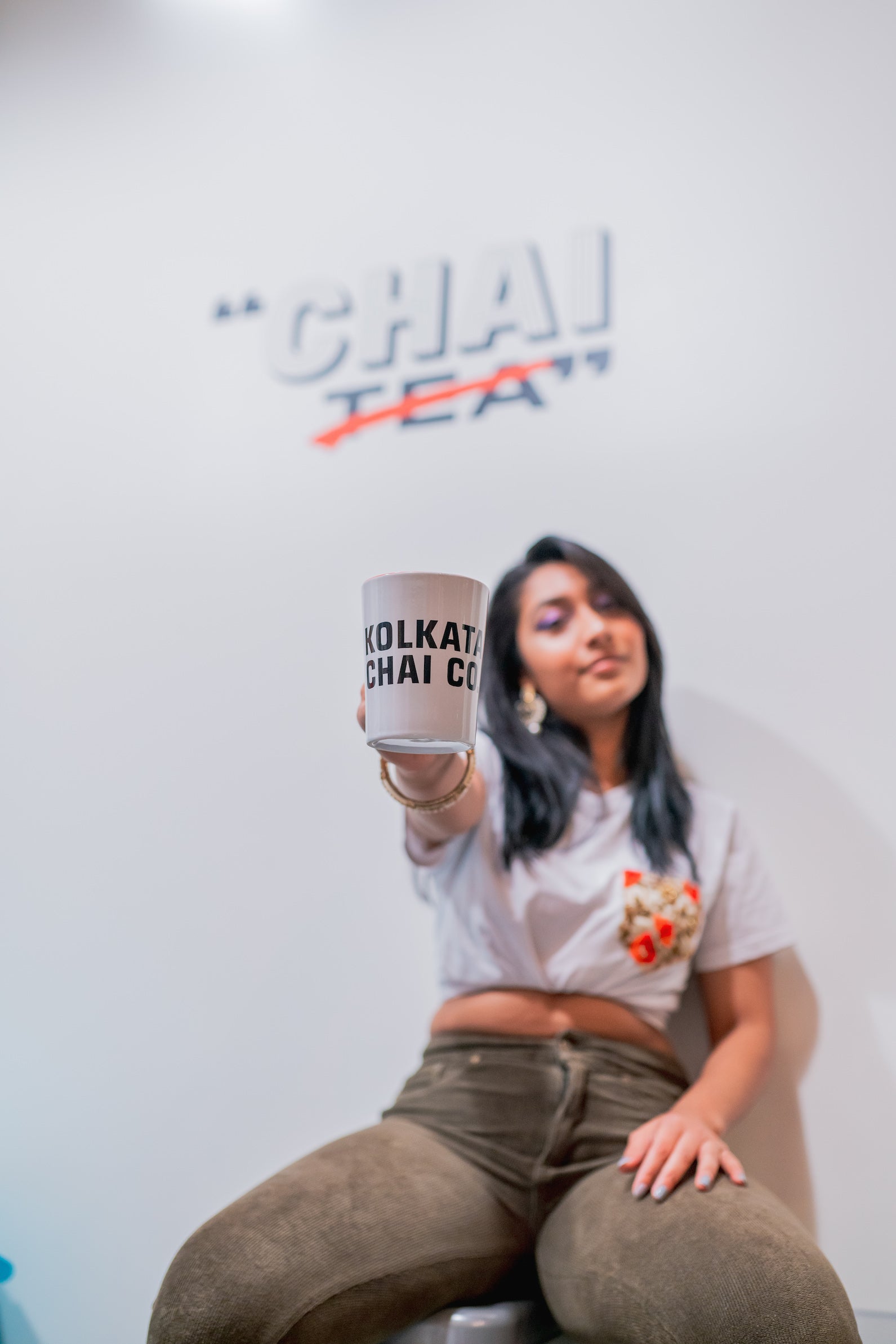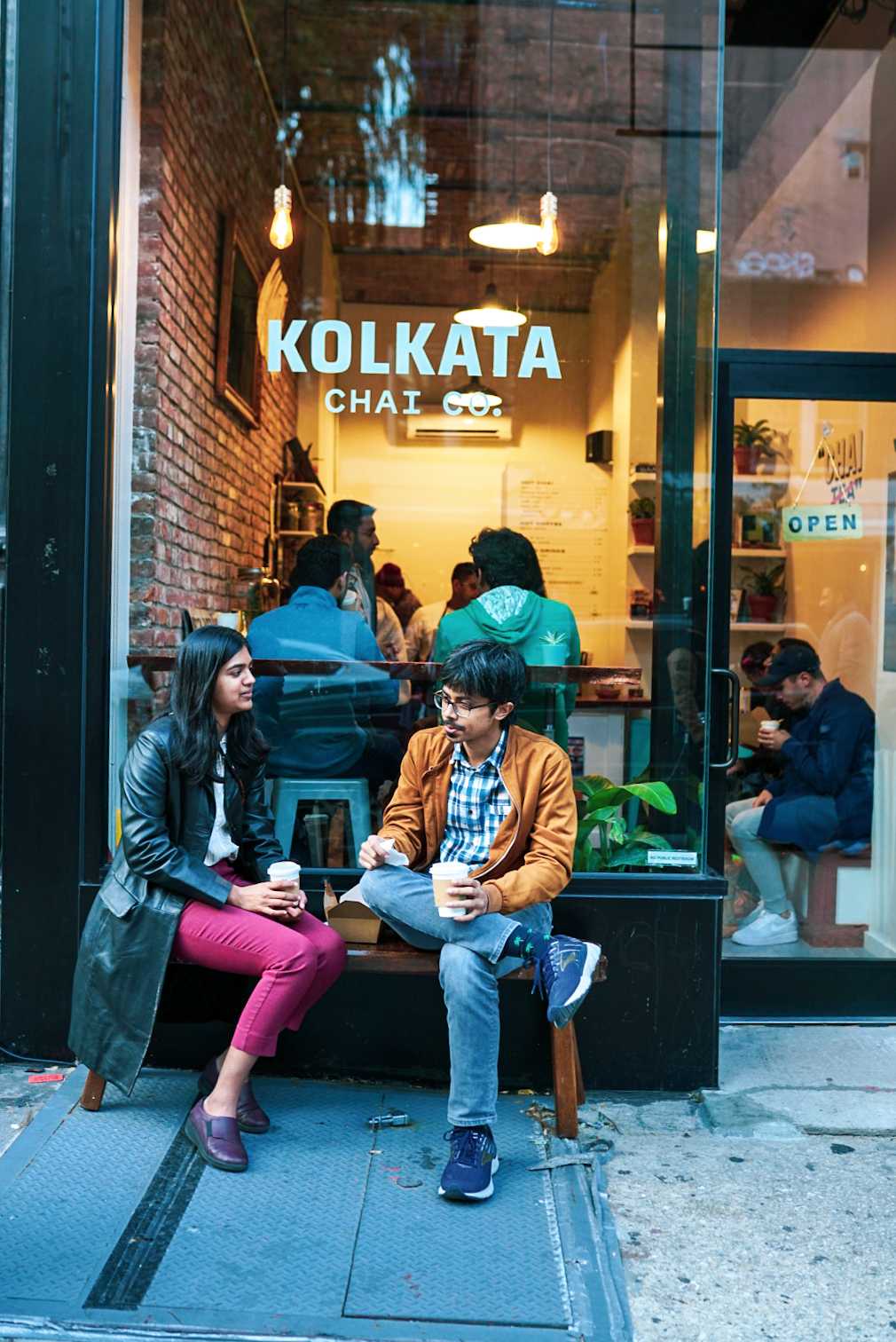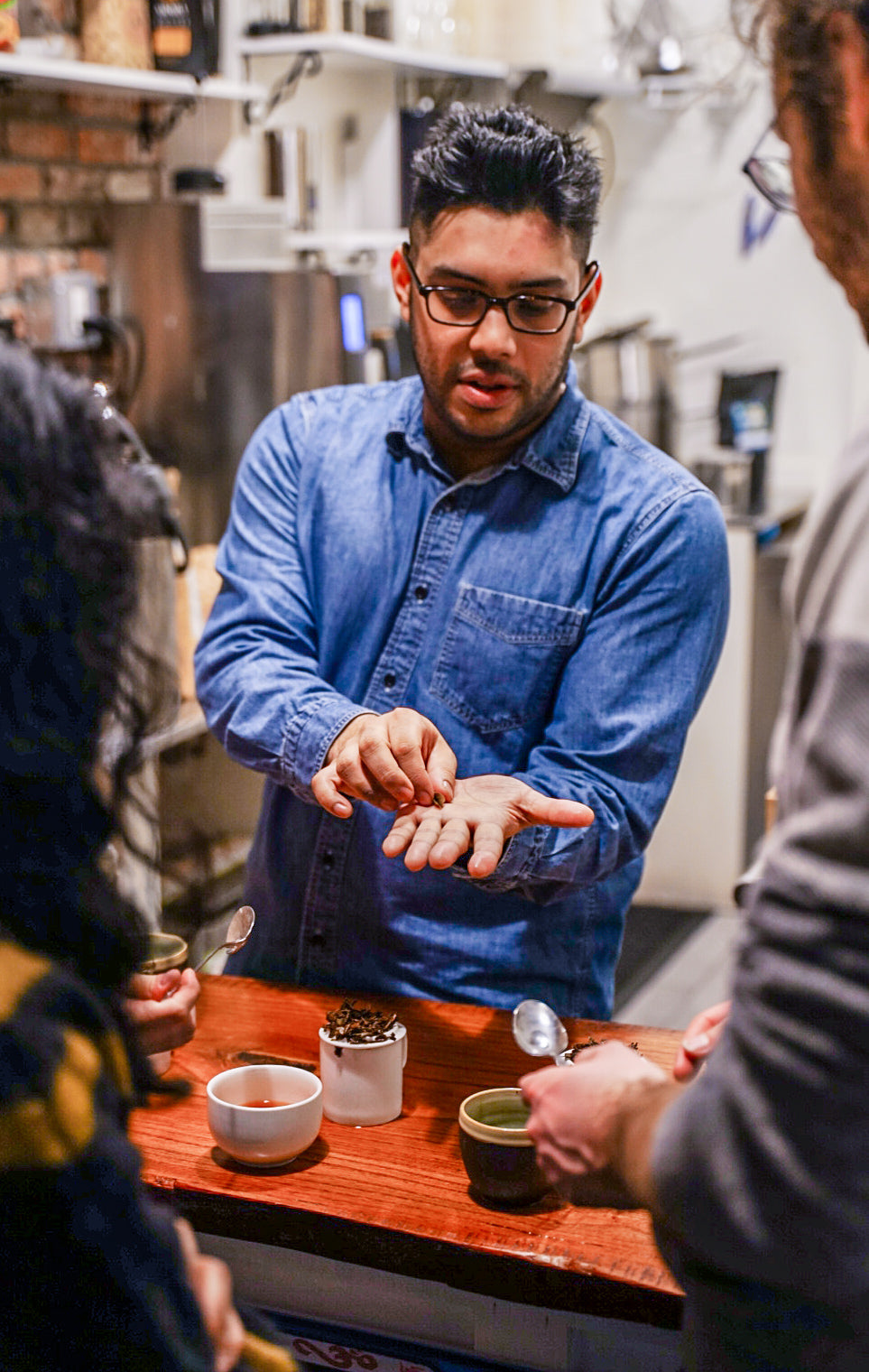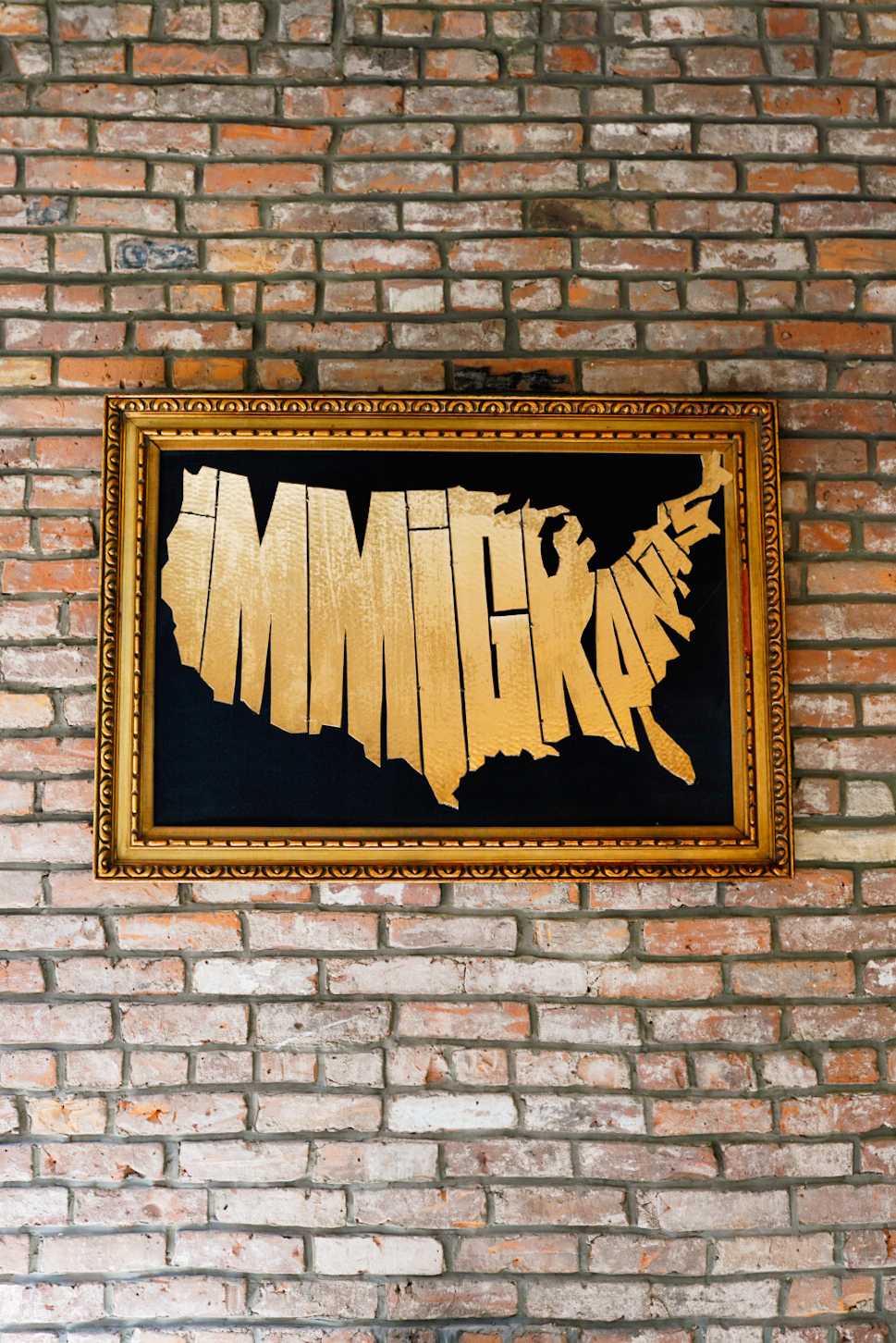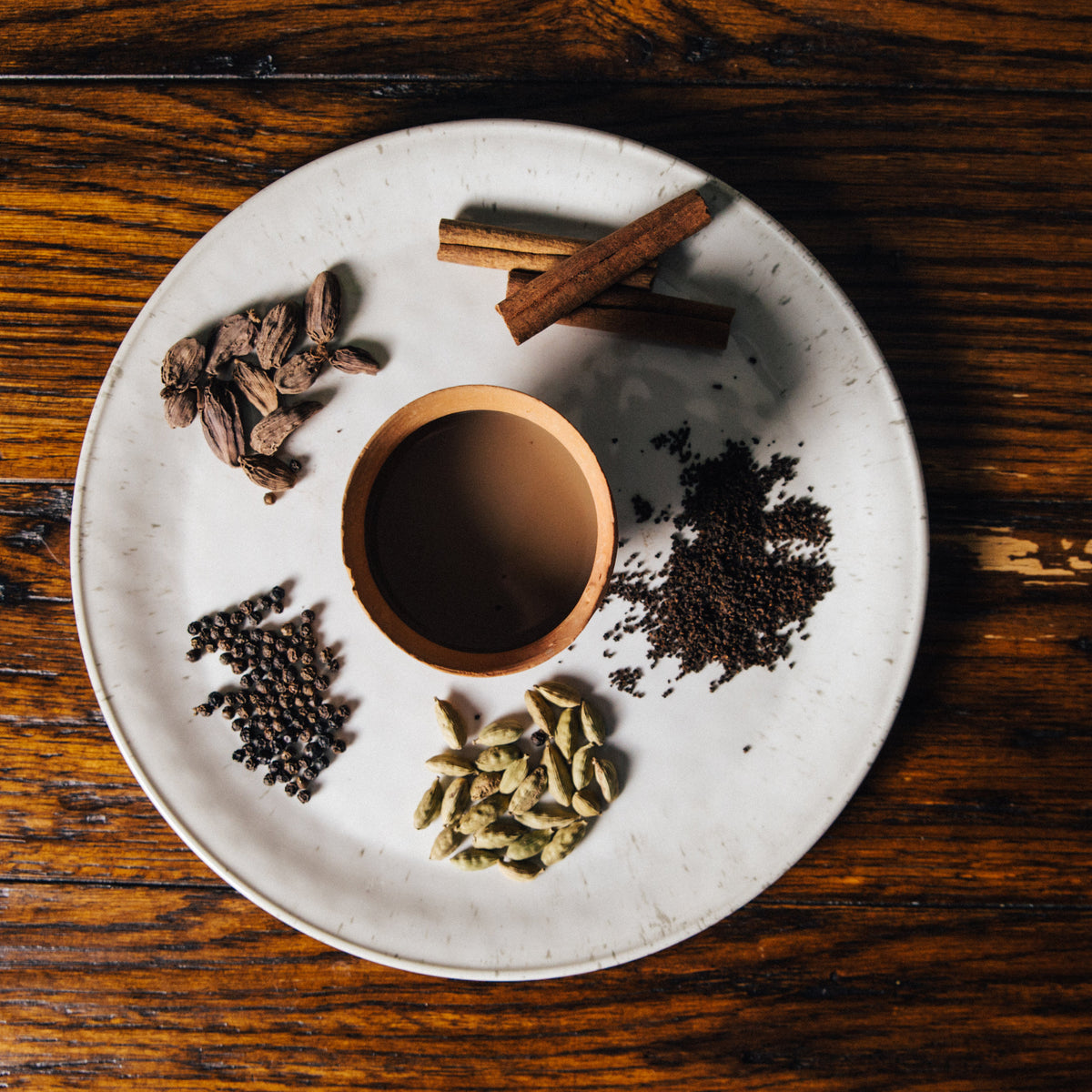
Redefining the Chai Latte — Chai Musings Vol 2.
After returning from a trip to Kolkata in 2015, I had been on the hunt for something — anything — close to the heavenly chai found everywhere on the streets of India. Ordering chai at most cafes in America is a struggle for anyone who’s tasted the real thing.
The infamous “chai latte” does nothing to replicate the authentic mix of slow-boiled milk, tea and spices. It’s too sweet, uses too much cinnamon and fails to highlight masala chai’s star players: cardamom and ginger. A bastardization, at best. In many ways, chai in America symbolizes the larger South Asian struggle to be understood and better represented in the West. Like yoga, the bindi and now even ghee, America has taken a complex history, people and culture and boiled it into a syrupy latte made palatable for an American audience. This begs the question, how did we get here?
Not surprisingly, it seems we have the ubiquitous green mermaid to blame. Starbucks introduced their chai tea latte in the early 1990’s as Western exposure to South Asian cultures and ideologies began to mature after the 1960’s counter culture movement. The Beatles and others made Eastern cultures hip with Greenwich Village in New York and the Haight-Ashbury neighborhood in San Francisco functioning as flash points for alternative communities based on Eastern spirituality.
Along with this came the Americanization of Eastern practices to fit consumerist culture. Cue yoga classes, meditation retreats and of course, the chai latte. Paul Williams, a former Starbucks brand manager, confessed to Starbucks’ core strategy of “taking niche products and making them mainstream,” furthering the trend of American capitalism taking traditional practices from ethnic communities and making truckloads of money without honoring the authenticity and history of those traditions. From there, it was not long until others started cashing in on the chai wave, from the venture-capital-raising Brook Eddy of Bhakti Chai to the “small-batch” brewing of Amy Rothstein at Dona Chai.
But nobody was talking doing it the right way. The brazen lack of respect for tradition and culture was mind boggling.
Language matters and it’s important for us to control the consumption of our own culture. The re-education of chai in America leads to a better understanding and respect for each other. It begs us to go a little bit deeper and understand the nuances of different cultures rather than grouping all people under an existing hegemony out of convenience. At Kolkata Chai Co, we’re open to everyone defining what drinks they want in their own way. We’ll never correct your order of a “chai tea latte”, but will simply refer to it as our masala chai. We strive to create a space where your experiences can meet ours on an equal plane. We can use tea to break down existing dichotomies and create a discourse around larger issues.
Kolkata Chai Co. is dedication to a drink that can bring us together, no matter who we are or where we come from. I hope you’ll join us and see where home meets home.
Co-written with Ashna Rana.


